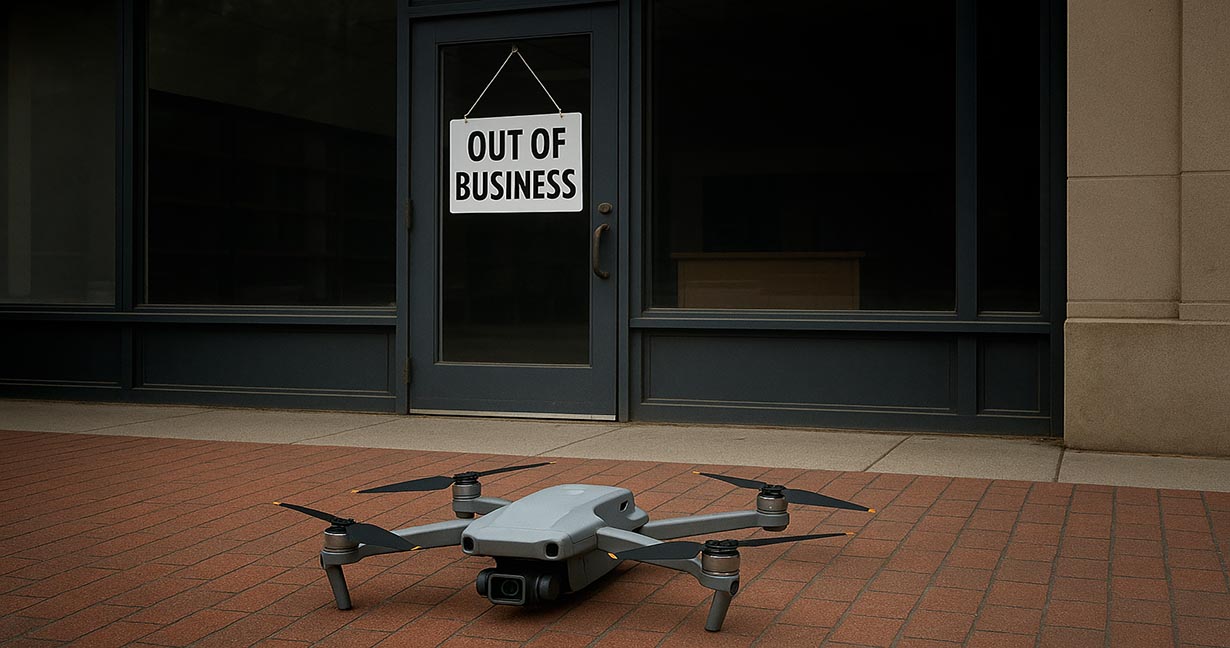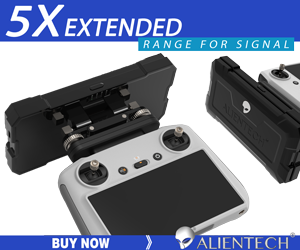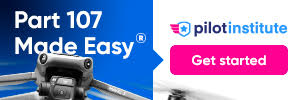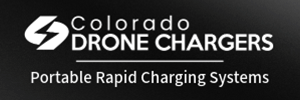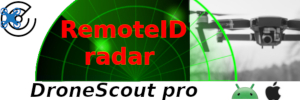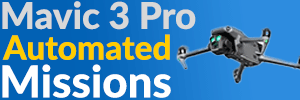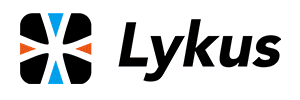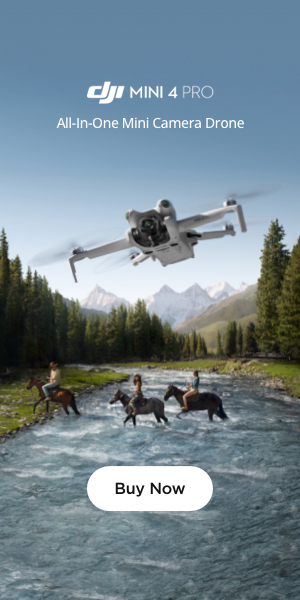It's my understanding that currently there is a 145% tariff on goods over $800 from China. DJI's prices have not reflected that at all but I understand that the enterprise drones are no longer available. If you order a Mavic 3 Pro now at $2199 (or whatever) will you as the consumer be required to pay that tariff of 145% when it arrives? I know some folks are having their drones turned around for no apparent reason. I have a fly away in progress and hopefully will have a new Mav3Pro shipped shortly and am concerned about just getting it let alone them charging a tariff but regardless of that I remain unclear on how the tariff is charged. Chat GPT (can't make a mistake, right?) when asked "If I order a 3000 drone from china will I get an additional charge from customs when it arrives?" says,
3. Customs Bond Requirement
For imports valued over $2,500, U.S. Customs and Border Protection (CBP) requires a customs bond. This bond ensures that all duties, taxes, and fees are paid. You can obtain a single-entry bond for this shipment or a continuous bond if you plan to import regularly .
Consult a Licensed Customs Broker: They can help navigate the complex import process, ensure proper classification, and assist with obtaining the necessary customs bond.
What to Expect When Importing a Drone from China
1. High Tariffs on Chinese Imports
As of April 2025, the U.S. has imposed steep tariffs on Chinese goods, including drones. The baseline tariff on Chinese imports has increased to 145% . This means your $3,000 drone could be subject to approximately $4,350 in tariffs, bringing the total cost to around $7,350.2. Elimination of the De Minimis Exemption
Previously, the de minimis exemption allowed goods valued under $800 to enter the U.S. duty-free. However, this exemption has been eliminated for shipments from China effective May 2, 2025 . Therefore, your $3,000 drone will not qualify for any duty-free threshold and will be fully subject to applicable tariffs.3. Customs Bond Requirement
For imports valued over $2,500, U.S. Customs and Border Protection (CBP) requires a customs bond. This bond ensures that all duties, taxes, and fees are paid. You can obtain a single-entry bond for this shipment or a continuous bond if you plan to import regularly .
4. Proper Classification and Compliance
Drones are classified under specific Harmonized Tariff Schedule (HTS) codes, and it’s crucial to use the correct code to determine the applicable duty rate. Misclassification can lead to penalties, delays, or seizure of goods . Additionally, ensure that the drone complies with all U.S. regulations, including those related to forced labor and other trade restrictions. Recommendations Before Ordering
Recommendations Before Ordering
Consult a Licensed Customs Broker: They can help navigate the complex import process, ensure proper classification, and assist with obtaining the necessary customs bond.- Calculate Total Landed Cost: Before purchasing, factor in the drone’s price, estimated tariffs, shipping fees, and any additional costs to understand the full financial impact.
- Explore Domestic Options: Given the high tariffs, consider purchasing a drone from U.S.-based retailers or manufacturers to potentially avoid these additional charges.




